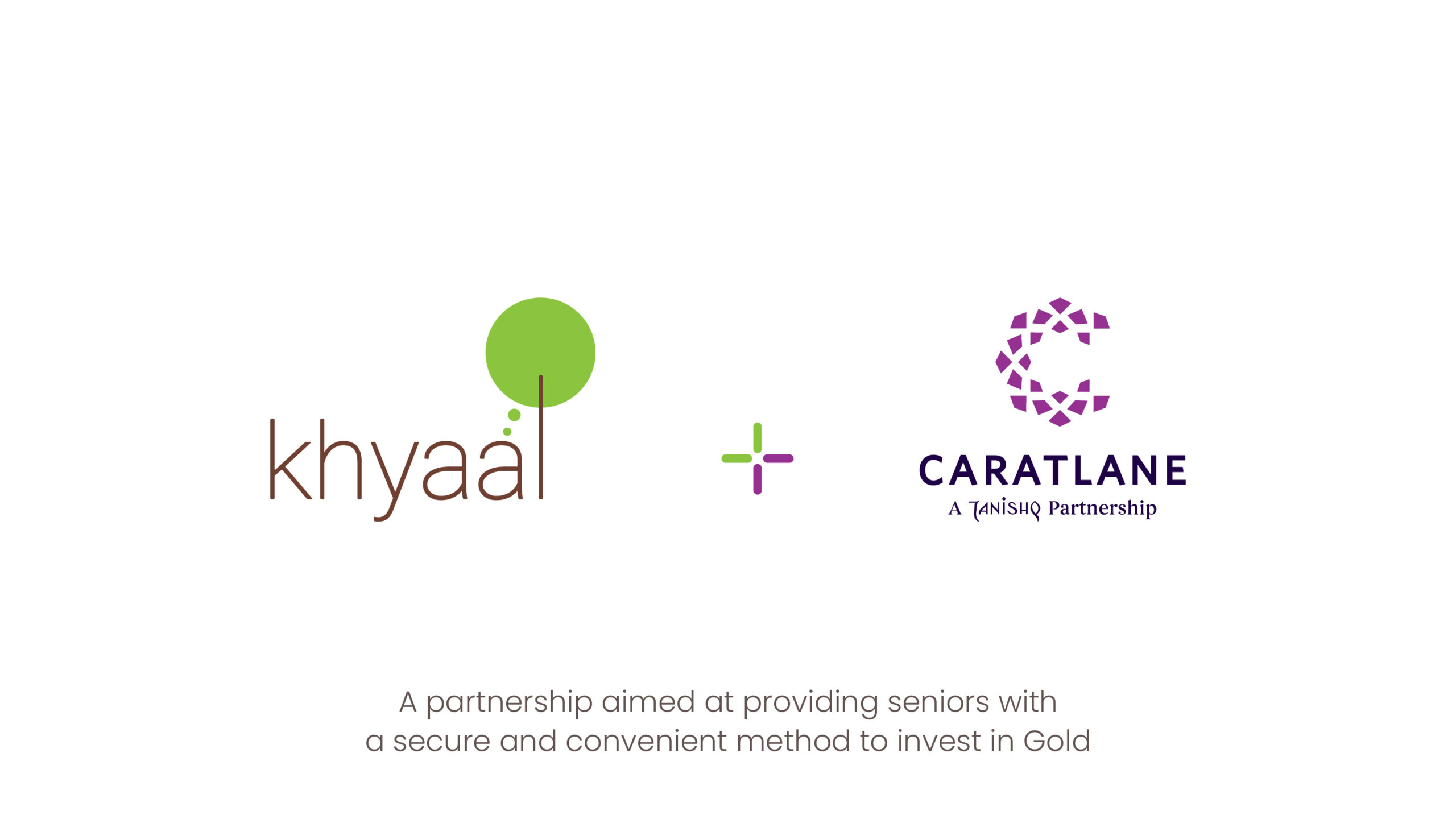For the promotion of safe digital transactions among the general public, RBI has reiterated that users should take care by not sharing their card details, password, PIN, OTP, CVV, UPI-PIN, etc., with anyone

The Reserve Bank of India (RBI) gives the highest importance to the security controls around the digital payment systems in India. There is a lot of emphasis on the safety and security of digital transactions for their users. “In an era of digital transformation, RBI has taken significant strides to ensure the sanctity and safety of digital payments. By implementing specific OTPs for new payees, individual OTPs for high-value transactions, and limited OTP time windows, their measures, including the use of advanced encryption and authentication technologies, second channel notifications, and risk-based transaction monitoring, underscore a commitment to fostering a secure, reliable, and resilient digital payments ecosystem,” said Kunal Varma, CEO and Co-Founder, Freo.
The central bank has put in place several mechanisms to ensure customer awareness through digital, print, and audio-visual media through the flagship program “RBI Kehta Hai.”
RBI has issued master directions on digital payment security controls to all banks and regulated entities to have necessary controls to protect the confidentiality and integrity of customer data.
“For the promotion of safe digital transactions among the general public, RBI has reiterated that users should take care by not sharing their card details, password, PIN, OTP, CVV, UPI-PIN, etc., with anyone. Also, to avoid undertaking financial transactions through publicly available free Wi-Fi networks. Users are advised not to store important banking data on their mobile, e-mail, electronic wallet, or purse,” said Shikhar Aggarwal, Chairman of BLS E-Services.
Steps taken by RBI to make digital payments safe
1)For adding new payees, specific OTPs are needed from a secondary channel, making the process more secure.
2)New OTPs are required for high-value transactions, enhancing security for important financial dealings.
3)The time limit for OTPs is closely managed to reduce the chance of misuse.
4)Using digital signatures and Key-based Message Authentication Codes (KMAC) to identify and stop unauthorized transactions.
5)Educating customers about their rights as per the Consumer Protection Act and the responsibilities and risks linked with internet banking.
6)Informing customers via an alternate method for transactions exceeding a value specified by the customer
7)Teaching customers how to react to SSL or EV-SSL certificate alerts to avoid falling victim to phishing. An SSL certificate error happens when a web browser is unable to verify the installed SSL certificate on a website.
8)Introducing systems to assess transaction patterns and highlight unusual activities, ensuring that transactions align with the customer’s typical behaviour.
Disclaimer: The views and recommendations made above are those of individual analysts, and not of Mint. We advise investors to check with certified experts before taking any investment decisions.
Unlock a world of Benefits! From insightful newsletters to real-time stock tracking, breaking news and a personalized newsfeed – it’s all here, just a click away
This Article Was Originally Published on Hindustantimes News!














Reader Interactions